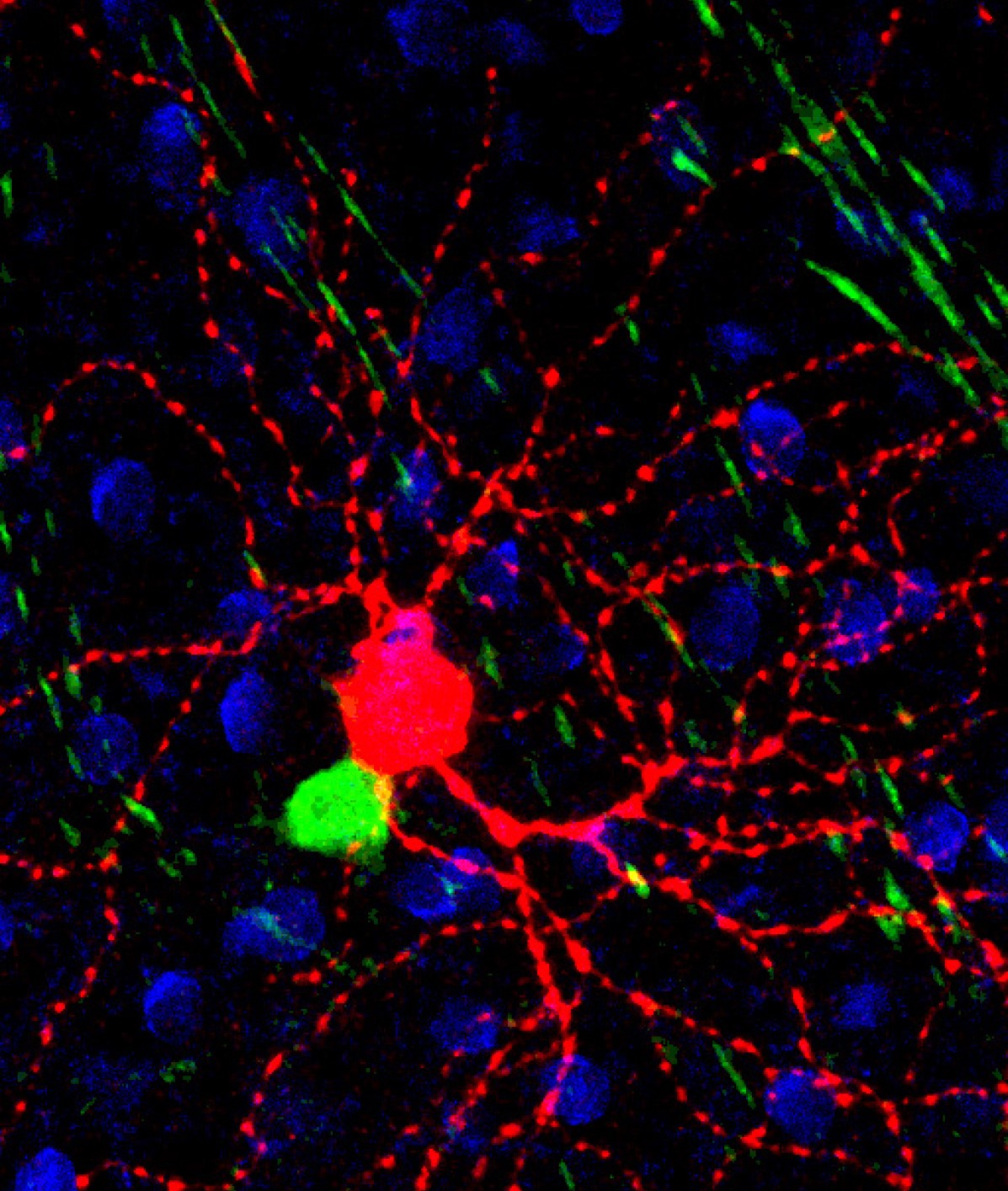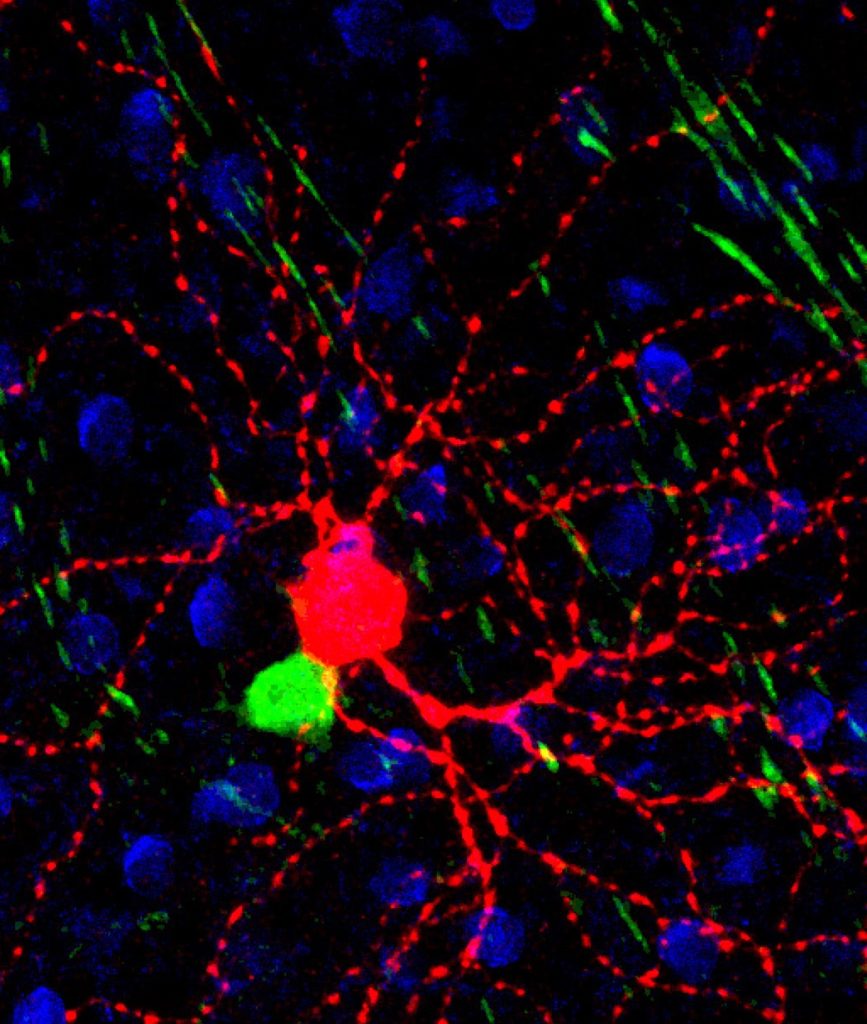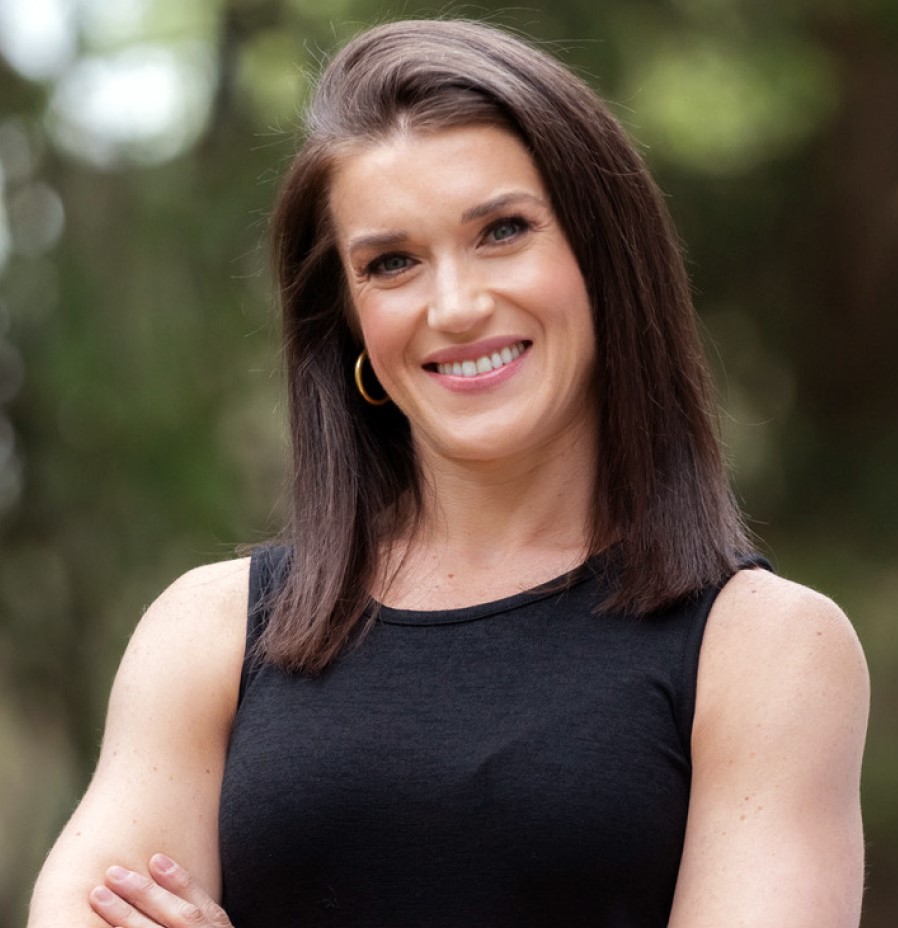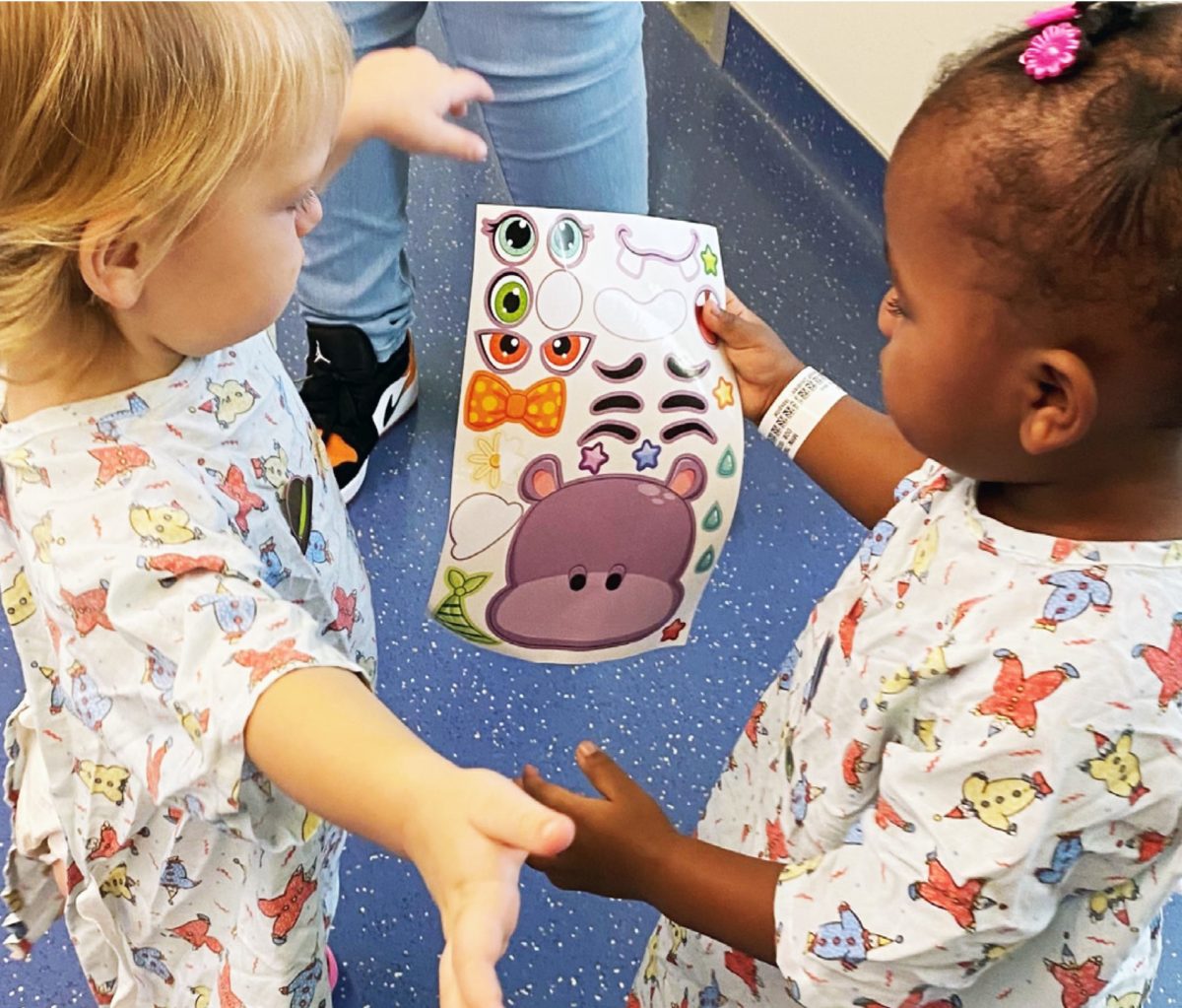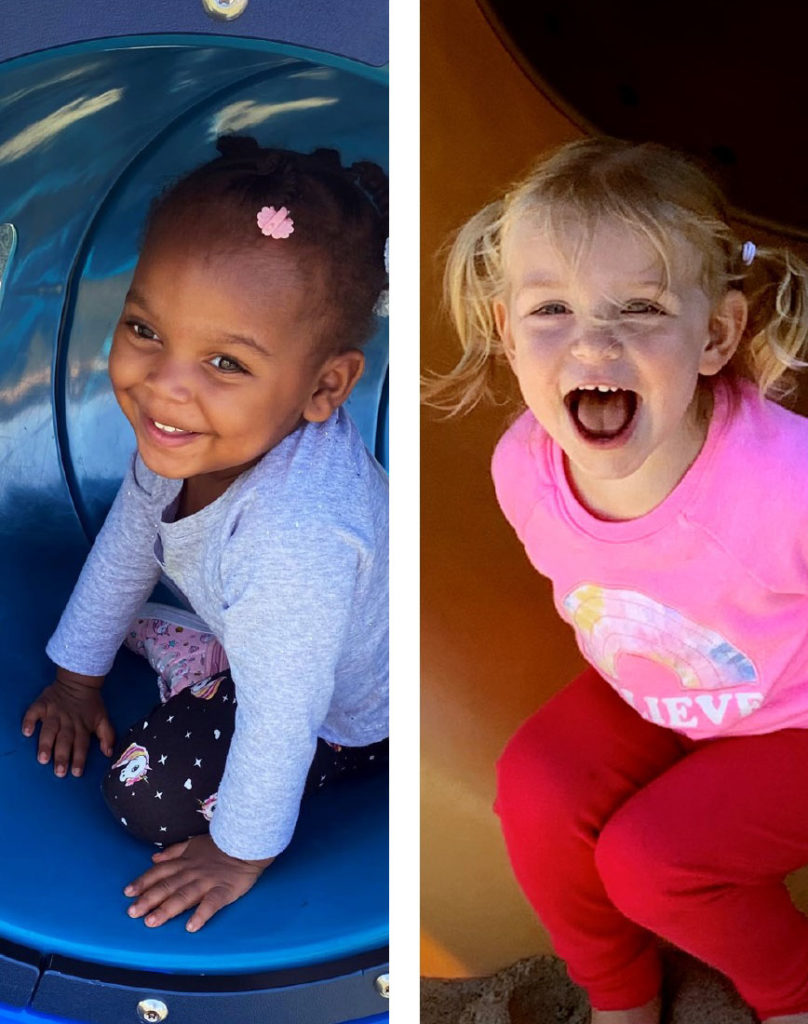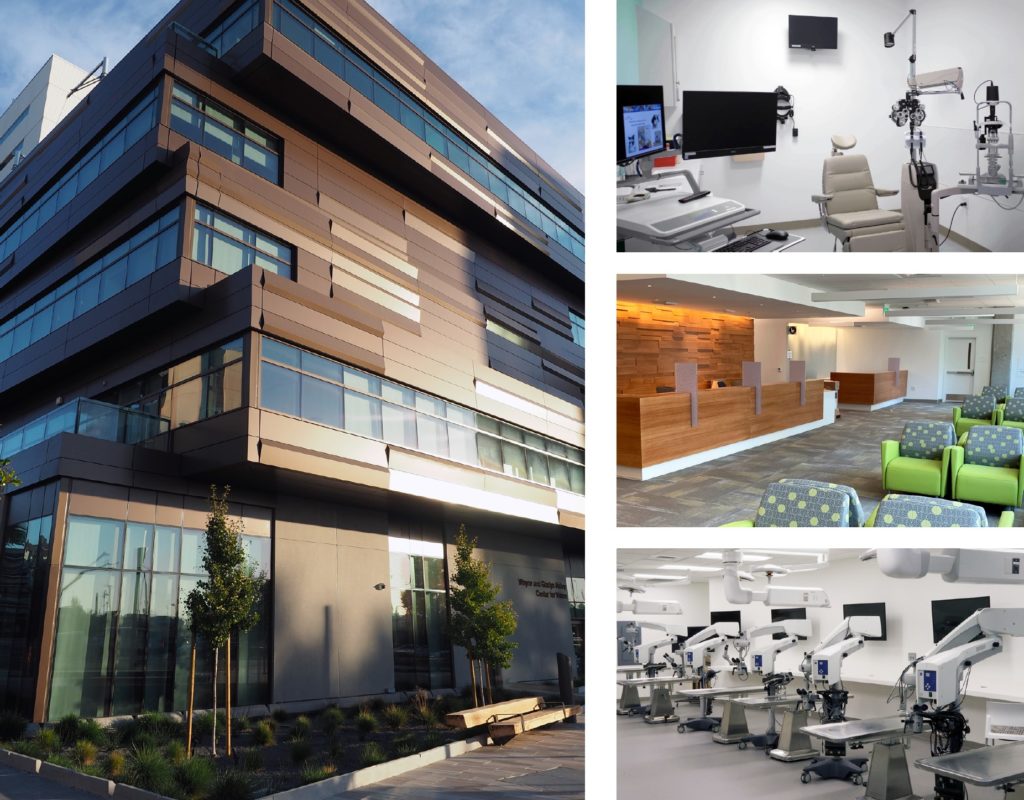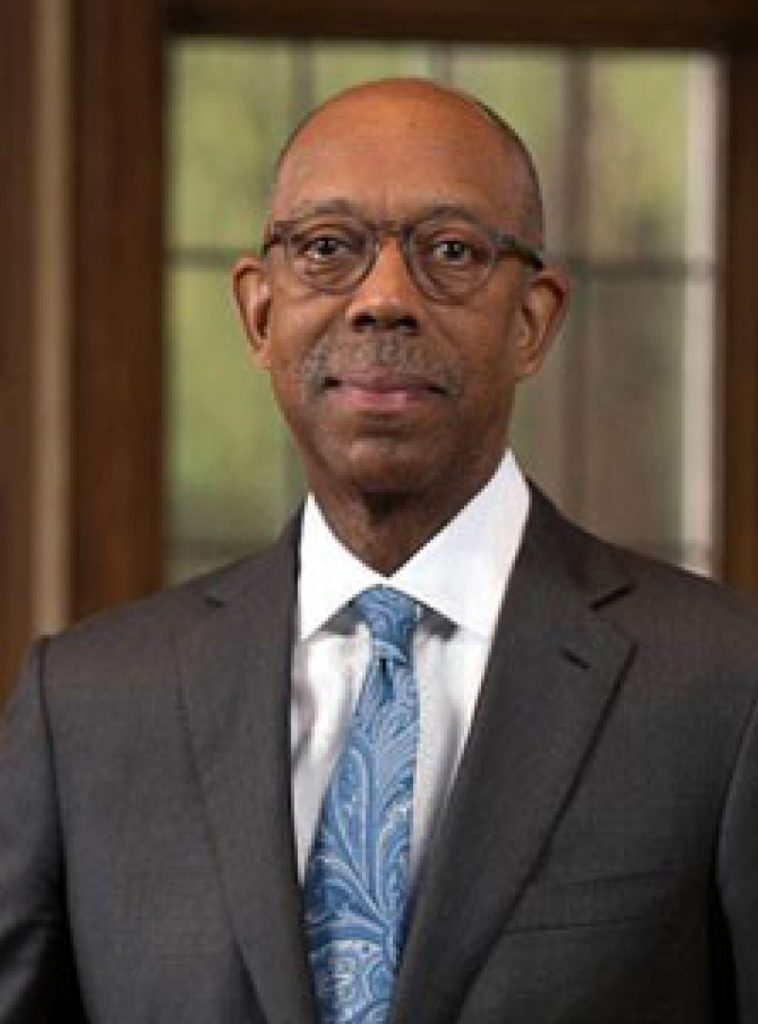UCSF Ophthalmology residents are on the front line at Zuckerberg San Francisco General Hospital and Trauma Center, where the evolving COVID pandemic and attendant social upheaval present new health challenges. During these tough times, residents are working to preserve and save sight for the city’s most vulnerable people.
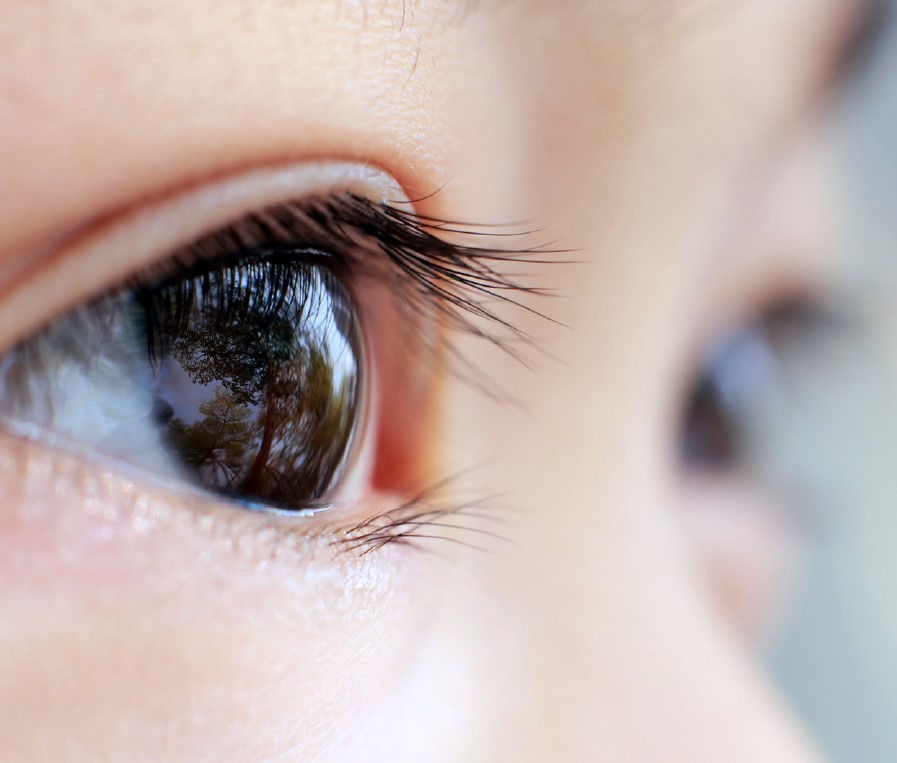 Children Injured by Sanitizer
Children Injured by Sanitizer
Resident Lawrence Chan, MD, reports incidents of young children experiencing eye injuries from splashed or squirted hand sanitizers. Available everywhere to reduce COVID transmission, the alcohol base of these cleaners is toxic to the eye. Irritation, painful burns, or even ulcers on the cornea can result from direct contact.
Fortunately, corneal tissue can regenerate from superficial burns, allowing the eye to regain clear sight. Dr. Chan recommends keeping dispensers away from children’s eye level and watching out for automatic dispensers in public places. Adults, especially health care workers who must use sanitizer very frequently, must also be careful to avoid touching the eyes after sanitizing their hands.
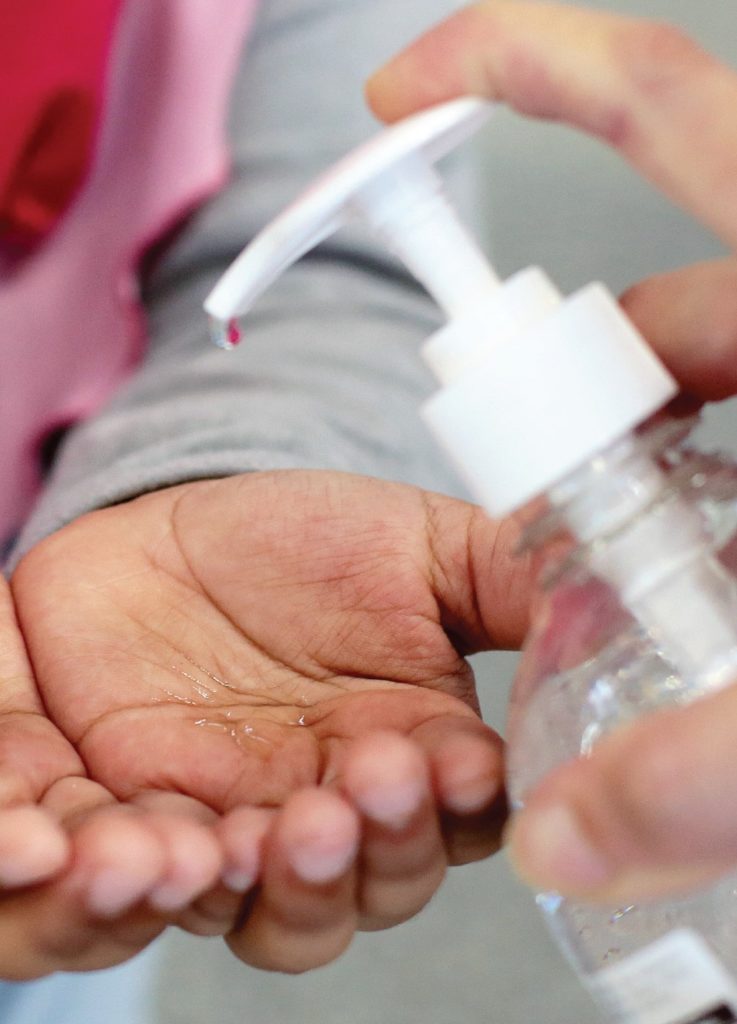 Anti-Asian Attacks
Anti-Asian Attacks
Hate-fueled attacks on Asian Americans have escalated nationally during the pandemic. The eye is particularly vulnerable to damage. This year, resident Lauren Hennein, MD, along with Dr. Chan, have treated Asian Americans struck in the face or fired on with a gun.
“We must all voice support for our Asian American neighbors,” says Alejandra de Alba Campomanes, MD, Department Vice Chair for Diversity, Equity, and Inclusion. “This institution believes that the best defense against hate, intolerance, and ignorance is care, compassion, and empathy.”

